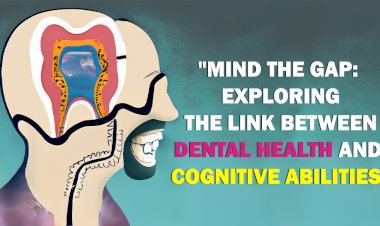Frequent Headache May Be Migraine?
As most of the people confused about tension headache and migraine. Here you can compare common migraine symptoms vs. tension headache symptoms.

A very severe and frequent headache might be mistaken for a migraine but there are some specific differences between both. However, they are caused by different reasons and people feel distinguishing symptoms. What happens immediately before the patient experiences pain in the head and during the attack can help in making a diagnosis the pain in the head is normal headache or migraine. The tension headache, which is the most common kind of headache and migraine are compared to show how they impact the patient.
What the pain is like – Tension Headache or Migraine
In the tension headache, the patient feels like an elastic band is squeezing his or her head. The prime reason for the headache is that it is caused by the contraction of muscles between the head and neck. In this type of headache, pain is experienced across the head, which is usually mild to moderate, although sometimes it can be extreme, last for days. The time duration of it is more commonly lasts for half an hour to a few hours.
On the other hand, in the case of migraine, it tends to range from moderate to very severe excruciating pain, feel at the front or the side of the head. It can be inexorable and carry on for days and is accompanied by other symptoms sometimes described as the ‘aura’.
Sign and symptoms before the head pain attack
The tension headache gives no warnings before it occurs.
On the other hand, a migraine gives warning signs or auras beforehand. In the Aura, the patient feels the symptoms that can be visual, auditory, psychological or physiological. This is due to changing neurological effects and reactions in the brain.
Usually, aura symptoms may alteration the patient’s insight by causing: wavy or jagged lines, flashing lights, dots, dark or colored spots, stars or ‘sparkles’. These are generally followed by sensitivity to light, which can even intensify the problems.
Auditory symptoms include speech and hearing disturbances. These are usually accompanied by sensitivity to loud or complex sounds.
Addition to this, the psychological symptoms include an impulsive change in mood, fatigue, thirst, starvation, confusion, feelings of fear, lack of control on different body parts and memory changes.
Physiological symptoms include numbness, tingling, the sensation of spinning or vertigo, increased urination, weakness, and fainting.
Different patients will have their own key symptoms which they may be able to recognize over time and will help them get themselves into a quieter and less visually active environment to cope with the symptoms.
Symptoms during the attack
During, the attack of a tension headache, the patient would not experience many other symptoms.
But, during a migraine attack, the patients will generally have symptoms beyond the head pain and will be incapable to carry out everyday tasks properly. In this situation, the patient may have to rest or sleep. The patient may suffer from continued aura symptoms, most commonly flashing lights or zigzags in their eyes, feeling nauseous or dizzy, loss of vision and feeling extremely tired. Some people suffering from migraine may also feel sensitivity to light and sounds.
Also Read - What are the Signs and Symptoms of Migraine?
During sleep
Tension headaches rarely start during sleep.
Migraines can often start during sleep.
Episodic or chronic?
Headaches can be either lasting for a few hours or lasting for days.
Even, migraines also usually last for a few hours or up to a few days.
Prevalence
In general, tension headaches affect more than 70% of some populations.
On the other side, migraines affect about 14.7% of the total world’s population – approximately 1 in every 7 people.








































Comments (0)